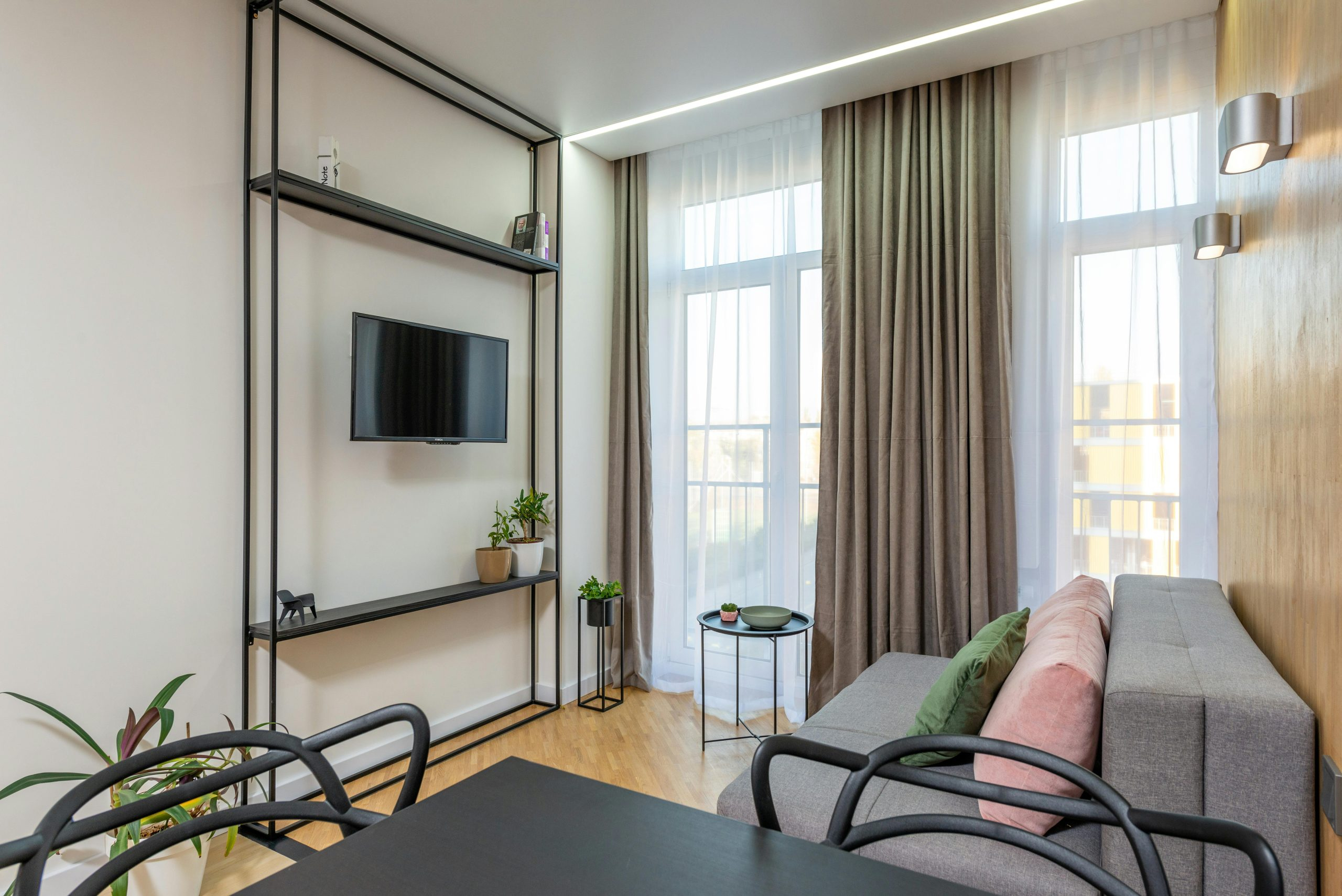The essential guide to finding the perfect plant for your home
In recent years, houseplants have become hugely popular as people look to bring a touch of nature into their homes. Not only do they add beauty and color, but they also have numerous health benefits, such as purifying the air and boosting mood. However, with so many plants to choose from, finding the perfect one for your home can be overwhelming. But fear not, this essential guide will walk you through the process of selecting the ideal plant for your space. From lighting and watering requirements to aesthetic preferences, we have got you covered.
The Basics: Assessing Your Indoor Environment
Lighting
Before you start picking out plants, the first thing you need to consider is the lighting in your home. Plants need light to thrive, and each plant has different lighting requirements. Some plants, like succulents and cacti, need direct sunlight, while others, like ferns and peace lilies, prefer indirect or filtered light. Assess the lighting in each room of your home, and make a note of which areas receive direct sunlight and which ones are more shaded. This information will guide your plant selection process.
Space
Another crucial factor to consider is the available space in your home. Not all plants are the same size, and you want to make sure you choose a plant that fits well and won’t outgrow your space. Take measurements of the areas you want to place your plants and keep in mind the height and width of the plants you are interested in. This will help you avoid overcrowding and create a harmonious and balanced indoor space.
Temperature and Humidity
The temperature and humidity levels in your home also play a significant role in determining the type of plant you can have. Tropical plants, for example, thrive in high humidity and warm temperatures, while desert plants prefer drier, warmer conditions. Consider the climate in your home and choose plants that can tolerate the temperature and humidity levels you have. You may also want to invest in a humidifier or mist your plants regularly to create an environment that your plants will love.
Choosing the Right Plants for Your Home
Low-Maintenance Plants
If you are new to plant parenthood or don’t have a green thumb, you may want to start with low-maintenance plants. These plants are easy to care for and require minimal attention, making them perfect for beginners. Examples of low-maintenance plants include snake plants, pothos, and ZZ plants. These plants can tolerate a wide range of lighting and can go for extended periods without watering, making them ideal for people with busy schedules.
Aesthetic Preferences
Another essential consideration when choosing the perfect houseplant is your aesthetic preferences. Plants come in different shapes, sizes, and colors, and you want to pick ones that align with your style and complement your home’s decor. If you prefer a modern and minimalist look, choose plants with clean, sleek lines, like a monstera plant or a fiddle leaf fig. On the other hand, if you have a bohemian or eclectic style, you can go for more whimsical and colorful plants, such as African violets or bromeliads.
Functional Plants
Plants not only add beauty to your home, but they can also serve functional purposes. Some plants have air-purifying qualities, while others can repel bugs and insects. Aloe vera, for instance, is an excellent air purifier that also has healing properties, while lavender is known for its bug-repelling abilities and soothing aroma. Think about what you want your plants to do besides looking pretty and choose ones that serve a purpose in your home.
Caring for Your Houseplants
Watering
The most common reason for houseplants not thriving is improper watering. Different plants have different watering needs, and it’s essential to follow those guidelines. Overwatering can lead to root rot, while under-watering can cause wilting and damage. When watering your plants, make sure to check the soil first and water only when it’s dry an inch below the surface. Also, pay attention to the pot size and drainage holes to ensure proper drainage.
Fertilizing
While plants can thrive on their own, fertilizing can help them grow and bloom better. There are different types of fertilizers, such as liquid, granular, and sticks, and you should choose one that works best for your plants. It’s important to follow the application instructions and not over-fertilize, which can damage your plants.
Pest and Disease Control
Insects and diseases can also affect your plants, and it’s important to have a plan in place to prevent and manage them. Regularly inspect your plants for any signs of pests or disease, such as wilting, discolored or curled leaves, and take necessary action when needed. You can use organic methods like neem oil or insecticidal soap or consult a professional for advice.
With this essential guide, you are now well-equipped to start your journey of finding the perfect plant for your home. Remember to consider lighting, space, temperature, and humidity, choose plants that align with your aesthetic preferences and serve a functional purpose, and properly care for your plants for them to thrive. Happy plant hunting!










